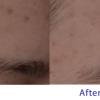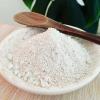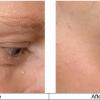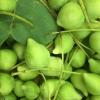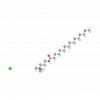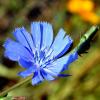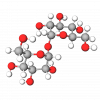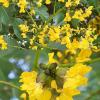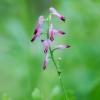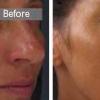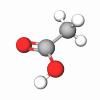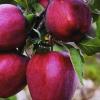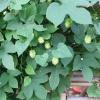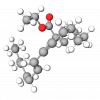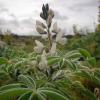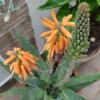Botanical complexes
Herbal medicine and skincare can be effective, natural alternatives for treating a wide range of skin conditions. However, certain oils, extracts, and derivatives of medicinal plants have advanced effects when applied together.
Many phytochemicals in nature resemble chemical preservative compounds in structure and are all-natural alternatives. These classes of phytochemicals include essential oils containing eugenol, thymol, carvacrol, terpenoids, etc. When combined into complexes, some of these extracts are found to be effective against many spoilage microorganisms. In addition, combinations of these extracts are comparable in efficacy to conventionally used preservatives like parabens.
This section is for complex botanical ingredients containing multiple plant derivatives working synergically to nourish, heal, or protect skin most naturally. Most of the complexes improve effectiveness and potentiate action, enhancing each ingredient's significance.
A successful marriage between palmitoyl-proline and water lily flower extract reaches a unique lightening and soothing effect: thanks to action towards both modulation of inflammation mediators and a reduction of gene expression of tyrosinase (a key enzyme of pigmentation).
Si-Matrix is a balanced combination of micro-silica in a delivery system as molecular film. It re-structures damaged tissues, giving a controlled tensor effect where silica is one of the key ingredients for skin regeneration and repair.
Skin Tightener ST™ is a botanical complex ingredient for immediate tightening, lifting, and firming effects. It helps promote firmness and elasticity.
TEGO® Care CE 40 is a vegetable-based cationic emulsifier complex for oil-in-water formulations including creams and lotions. It is a blend of a powerful emulsifier (Palmitamidopropyltrimonium Chloride) and a stabilizer (Cetearyl Alcohol) forming an easy-to-use flake.
Our lifestyle today is made of very long days, and we must keep a perfect image during many hours. Tightening products procure in just one application, to erase the signs of fatigue and restore the skin's full splendor and vitality.
TPF Wheat Complex is a unique hydrating complex offering a combination of moisture-balancing wheat protein and film-forming properties that work synergistically to give hair better body control to improve the stress relaxation and elasticity of the hair.
Maintaining skin hydration goes far beyond vanity. Only hydrated skin efficiently performs its protective barrier function, maintaining elasticity, flexibility, and softness and protecting it against the loss of epidermal water, external aggressions, microorganisms, and other pathologies.
While there is no doubt that hormone levels are an important factor in hair loss, it is far from being the only one. In particular, the aging of the scalp can accelerate the process.
Trimoist is a botanica complex, a natural and safe way to moisturize the skin. The principal function of the skin is to protect us against dehydration. Trimoist contains the three essential elements for natural support of the skin in moisture keeping.
Unicontrozon is a plant-based complex for protecting the skin from ozone and environmental pollutants.
Unilucent PA-13 is a botanical complex based on a modified Rheum rhaponticum extract and Vitamin B5 stable derivative. It suppresses melanin production and lessens its accumulation in keratinocytes. It is a clear dark brown highly viscous liquid.
The hair that decorates the top of most people’s heads is essentially a non-living entity that is comprised principally of keratin protein fibers embedded in an aqueous protein matrix.
Based on a botanical, Wonderlight™ acts on both melanocytes and their associated keratinocytes to help lessen pigmentation disorders. It regulates the Epidermal Melanin Unit cross-talking and blocks the signaling pathways involved in melanin synthesis.
Microcirculation refers to the microvascular network that comprises arterioles, venules, and capillaries. It plays a fundamental role in physiological processes such as nutrition and tissue oxygenation.
α-Lupaline is the product of a synergic combination of lupin oil with the active fraction of wheatgerm oil produced by molecular distillation. Alpha-Lupaline is particularly rich in phenolic derivatives unsaponifiables, 13-carotene, and tocopherols.
α-Lupaline benefits include:
It has long been recognized that specific polysaccharides, mannans, contribute to the beneficial effects of Aloe vera. Concurrently, the activity of yeast-derived adjuvants, such as zymosan, has been determined to be a result of the mannans and glucans present.
